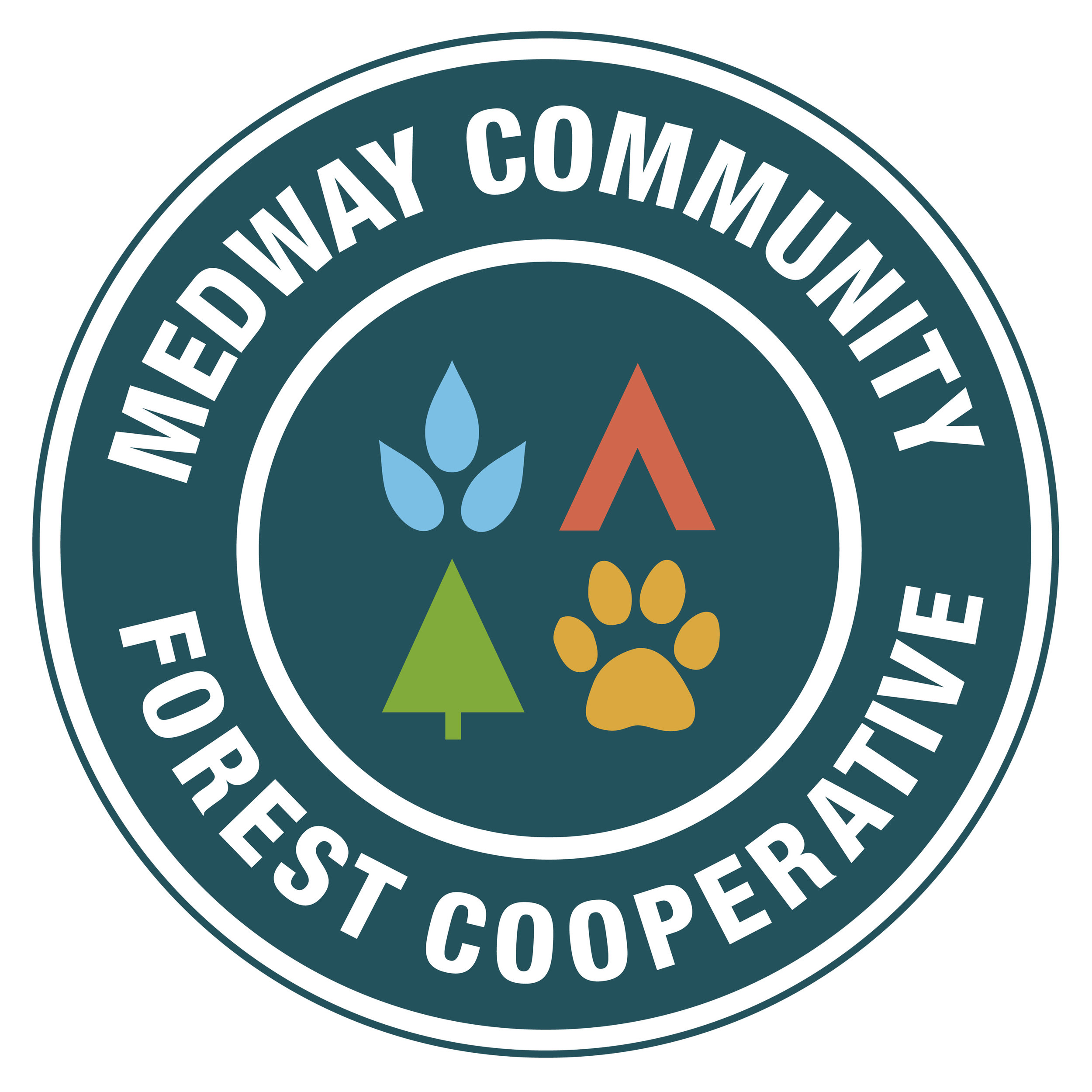Harvest Block Open for Comment - November 2022
We have a new harvest block up for comment on the Province’s Harvest Plan Map Viewer (HPMV). It will be open for comment until December 10th, and we encourage our members and members of the community to provide feedback. If you’re not sure where to find our license area in the viewer, we are located in Annapolis Co., nestled in between the Medway Lakes Protected Area, the Tobeatic Wilderness Area and Kejimkujik National Park and Historic Site. We’d prefer if you provided comment directly through the viewer, however you can also contact us through email.
Here are some additional details on the prescription for the proposed block:
AP200001 – High Retention Gap Irregular Shelterwood (56ha)
Photo: A view of a harvested patch from within the remaining forest matrix shows excellent regeneration of site appropriate species like red spruce, hemlock, and white pine.
This harvest site is in the central region of MCFC’s license area, more specifically it is in the Northfield region just south of Snowshoe Lake Nature Reserve. The stand is predominately red spruce with white pine, hemlock, yellow birch and red maple. The area was previously harvested twice by Bowater; 1945 aerial imagery shows a history of extensive harvesting at the site, and in 2010 Bowater initiated an Expanding Gap Group Selection (EGGS) harvest.
MCFC’s planned approach for this harvest is an extension of the EGGS system. The EGGS system is designed to restore multi-aged stand structure to forests that have been simplified by past harvesting. Usually, expanding gap shelterwoods are applied using a 100-year rotation, with multiple entries during the first half of the rotation. In the initial entry in 2010, 0.1-hectare (ha) gaps were harvested at a rate of 20% of the harvest area, spread throughout the site, with permanent retention left in each gap. Subsequent entries will harvest an additional 20% of the stand through expansion of the original gaps approximately every 10 years. Up to 20% of the stand will be left as permanent reserves and any inclusions wet soils will be removed from the harvest area. Once the whole area has been regenerated it will be left to develop for 50 years, when the cutting cycle may begin again. The current proposed harvest would be a second entry to expand the existing gaps, and then we would wait another 10 or so years for the third entry.
Reference: An example of the Expanding Gap Group Selection layout through multiple entries. The proposed harvest area aligns with the 50-year entry planning in image A. (M. R. Saunders and J. E. Arseneault, 2013).
Map of AP200001



